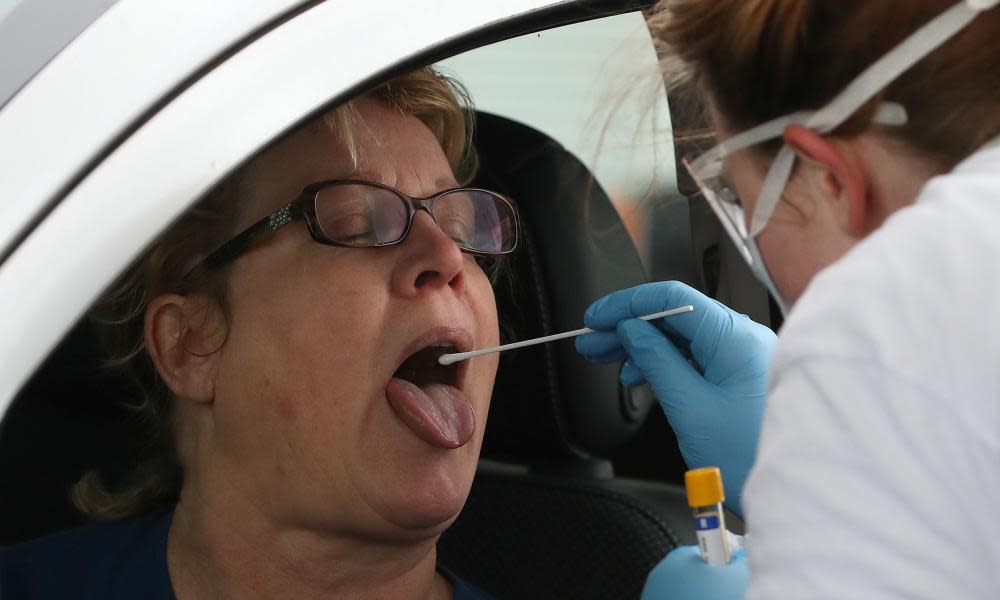What we actually know about Covid-19

As the world battled the first wave of coronavirus infections, scientists and doctors pulled together in an unprecedented global effort to explore the virus, the illness it causes, and the drugs and vaccines that might bring it under control. But as many countries face a resurgence in cases, what have we found out about Covid-19?
It is more than a lung disease
In the weeks and months after the first patients were hospitalised with Covid-19, doctors noticed that the infection was not behaving like other respiratory diseases. As well as attacking the lungs, the virus triggers clotting in the blood vessels, causing thrombosis and strokes. But the damage does not stop there. As the pandemic has spread around the world, the full range of ailments caused by Covid-19 has come into focus: brain disorders, tingling, breathlessness, long-lasting fatigue and a rare but potentially lethal inflammatory reaction in children.
Steroids work
Arguably the most important breakthrough in the treatment of patients with severe Covid-19 infections is the discovery, principally through the Oxford University-led recovery trial, that steroids can help some of the sickest patients. Many scientists were surprised by the finding, but doctors know now that timing of the treatment is crucial. Dexamethasone, the steroid that appears to be most effective, works best not immediately but when the body has gone into the inflammatory phase, which the steroid dampens down.
The virus is in saliva
The discovery that coronavirus finds its way into saliva in the mouth is both good and bad news. On the plus side, it paves the way for mass testing where saliva is collected from many people at a time and screened for the virus. As long as the proportion of people infected in the country remains low, most batches will be virus-free and those tested can carry on with their lives. If a batch tests positive, those who contributed saliva can be tested individually to find out who harbours the virus. But the negative is that virus in saliva means that Covid-19 can be spread by spittle when people speak, shout and sing. That was not anticipated by many scientists who expected the virus to behave more like influenza.
Virus tests can be misleading
The main test for coronavirus infections, the have-you-got-it-now test, relies on a procedure called PCR. The test works by amplifying tiny pieces of genetic material that make up the virus. Find them in the nose or the lungs and you have the infection. Or so the UK’s testing strategy, and the isolation that comes with a positive result, assumes. But new research shows that PCR testing has what scientists call a “long tail”.
Even when people have recovered from Covid-19, and are no longer infectious, harmless fragments of viral genetic code can linger behind and produce a positive test result. “This has real implications for people being able to get back to work, in particular healthcare workers,” said Prof Peter Openshaw, a member of the government’s New and Emerging Respiratory Virus Threats Advisory Group (Nervtag). “The PCR test is almost too sensitive for identifying people who are infectious,” he added.
The virus is stable
From the start of the crisis, scientists around the world have been collecting samples of the virus and examining its genetic make up. The information has helped them understand the mutations that inevitably arise in the pathogen and map out how the infection spreads. But it has also revealed that the virus is stable, as viruses go. Prof Ian Jones, a virologist at the University of Reading, said that the stability of Sars-Cov-2, suggests vaccine control will work: “That can only be concluded because of the massive sequencing and deposition efforts around the world. If we knew less we would still be in the dark about future control,” he said.
The old are most vulnerable
The most devastating impact of Covid-19 has been in care homes and among other elderly people. For them, the virus has a fatality rate thousands of times higher than in children. “Surely our first thought in responding to a resurgence in cases – locally or nationally – should be to protect those most at risk,” said Mark Woolhouse, an infectious disease specialist at University of Edinburgh and a member of the government’s modelling advisory group. “We know much more now about who is most at risk and how they are likely to be exposed and how to protect them. That’s hard won knowledge; let’s use it.”

 Yahoo News
Yahoo News 
